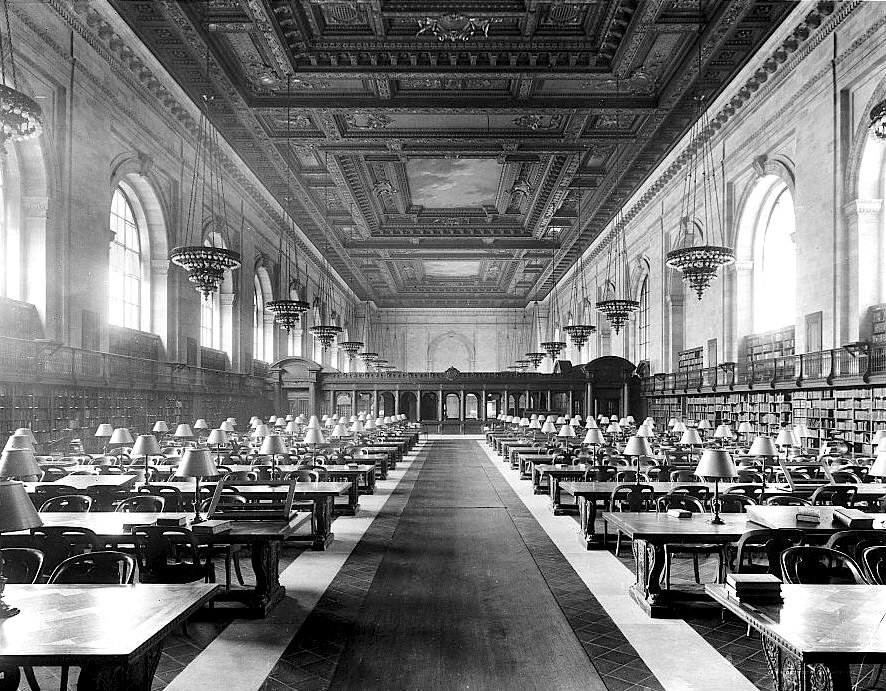December 2020 marks the tenth month in which COVID-19 has upended the daily lives of Americans. Throughout the duration of this crisis, we at Taylor Research Group (TRG) have sought parallels between our present experiences and the events of the 1918 influenza, the last pandemic to severely impact day to day life in the United States. As professional researchers that rely on archival repositories of all sizes – from local libraries to the Library of Congress – we were particularly curious as to how such spaces were impacted in 1918. Did libraries and archives continue operating, or close in response to health concerns? What sanitation measures, if any, did they adopt? Can we learn from the safety practices implemented in 1918 and perhaps replicate them today? These issues are important and personal to us, as the ongoing COVID-induced closures of archives, libraries, and private research institutions are profoundly detrimental to TRG’s work.
As we began digging through historical newspaper clippings, we decided to focus on how the influenza impacted public libraries in October 1918. October was the month in which the U.S. experienced its highest fatality rate of the pandemic, along with widespread closures of communal spaces. Additionally, the operating status of local libraries was regularly reported on, while newspaper articles featuring more niche archival facilities were rare.
Based on our inquiries, we found that in October of 1918, many American libraries ceased or significantly modified their routine operations in light of public health concerns. Like today, there was no national closure mandate, so the restrictions enacted by each library system differed in accordance with local transmission levels and public health mandates.
Samples of newspaper headlines published across the United States in October 1918. (Credit: Compiled from the holdings of the Influenza Encyclopedia)
Some library systems halted the circulation of books and barred public access to their buildings. Most, if not all, of these shuttered facilities suspended late fees for overdue books. Certain libraries asked patrons to promptly return previously checked-out materials upon their reopening, while others set up outdoor stations where books could be returned. Still other libraries remained open, continuing to loan out books while implementing precautionary measures such as mandated mask-wearing and the installation of flu screens at reference desks.
Among the libraries that remained open, many reported a significant spike in demand from local patrons. In certain cities where recreational outlets such as restaurants and movie theaters shut down but libraries continued to operate, reading surged in popularity. A young library worker in Des Moines, Iowa stated that “the demand for books, since the closing order went into effect, amounts almost to a stampede. Thousands of strange faces are lining up at this counter daily, seeking literary substitutes for movie thrills.” It was reported in Spokane, Washington that “although all temptations toward loitering, including the chairs, have been removed, still [patrons] come in droves every day and night until the already ‘flu’-depleted library staff is limp with the effort of serving them mental food.” Fiction novels, war books, religious works, and manuscripts that had been “dramatized and filmed” were reportedly quite desirable among the newly voracious readers.
The New York Public Library, circa 1910-1920 (Credit: Wikimedia Commons)
The Library of Congress, one of TRG’s most frequented repositories, was one of the facilities that remained partially open. In the beginning of October 1918, Washington D.C. public health officials barred public access to the Library of Congress. However, Library employees continued to report to work and serve the needs of select government officials. Specifically, the Library remained open to:
members of the Senate or House or to the few officials of the government who by law are accorded the right to draw books. Officers and enlisted men of the Army and Navy and civilian employes [sic] of the government will be admitted upon presentation in each instance of a letter from the commanding officer of head of the department concerned, advising that the bearer, by name, requires for official purposes the right to use the Library collection.
Throughout the fall of 1918, there was discussion regarding the potential for influenza to spread via library books. The concept of books as disease carriers had been a source of anxiety for decades, but such fears were newly stoked during the 1918 pandemic. Public health officials held opposing opinions on the matter. A health officer from Omaha, Nebraska declared that there was “no danger” of transmission through books. Authorities from Toledo, Ohio asserted that books were “extremely unlikely” to carry germs and that “disinfection is considered unnecessary.”
On the other hand, officials concerned by the prospect of the flu being transmitted through books called for local libraries to implement drastic public health measures. A newspaper article from October 20 reported that “several thousand books of the Cincinnati Public Library, in homes in which there are cases of Spanish influenza or pneumonia, are to be destroyed in accordance with the rules of the Cincinnati Board of Health.” It was estimated that the destruction of these books, which cost around 73 cents apiece, would “cause loss of approximately $2,000” – equivalent to around $34,000 in 2020. Alternatively, health officials in Louisville, Kentucky discussed the merits of sterilizing books rather than destroying them. An article featuring Dr. Norment of Louisville reported that “even though the Spanish influenza organism is very resistant, complete sterilization can be effected by means of steam sterilization under high pressure. A sterilizer for the purpose would cost far less than the value of the books in actual circulation in such homes and the process would not in any degree mar either book or binding.”
The 1918 pandemic also led public libraries and their staff to provide new services for their communities. As the country was concurrently mired in World War I, some librarians contributed to war and civic relief efforts while their workplaces remained shuttered to the public. In mid-October, the staff at the Worcester Free Public Library in Massachusetts assisted at the draft board headquarters and provided aid at a home for children orphaned by the war. Other libraries provided services to facilitate at-home learning for students amidst public school closures. One library in Los Angeles, California maintained a list of school-approved materials on “music, history, sight singing and harmony” for music students to check out and use at home.
Today, public libraries and other archival repositories are once again navigating the struggles of safely serving the public during a pandemic. And, once again, their operations vary widely depending on institutional preferences and regional mandates. Unfortunately, many repositories remain completely closed to public researchers like us. These closures pose an enduring challenge to TRG’s ability to conduct research on behalf of our clients, as our services typically rely on the in-person review of physical books and records. Though our team has honed a number of effective strategies for online research over the past ten months, we remain eager for more public and private research libraries to adopt precautionary measures that will allow them to safely reopen to the public.


